Phals are spiking and the inevitable problem of funky facing flowers and twisting spikes is upon us. How do growers get those nice cascades you see in pictures? Well, some just stake the spike half way up and let the spike bend under its own weight, others trian the spike bonzai style to do what they want.
You can make a phal spike turn 180 degrees to form a perfect cascade and keep it out of your lights etc.
Here is how:
The front of the spike slowly hardens off and can be bent and held in place until it hardens completely. The unhardened first several inches will snap easily, so you want to work with the first hard area, the area that you think will not bend. If you slowly and repeatendly apply pressure the water pressure inside will decrease and the plant fibers will relax enough to bend quite a bit before kinking.
You can do this with wire ties, but it is much better to use strips of panty hose initially. When the first buds develop, put your wire (large ceiling panel hanger wire into the pot next to the base of the spike and tie off the base of the spike securely. Tie off the spike at several places above that and then bend the wire over a couple of inches below the first bud.
You want the first bud to be about 2 inches down the descending slope of the wire. Just at the point the open flower will hide the bend. Tie off the spike every inch as you go over the bend. Apply firm pressue to the spike as you tie it off with the panty hose but do not try to get the spike next to the wire at first. Come back about 15 minutes later and retighten the pantyhose. After a while you should be able to get a 90 degree bend in the spike on the first day. For older areas of stem you may have to retighten the pantyhose the next day to pull it tight against the wire. A couple of days later the spike will have grown out more and you can tie off the next few inches. Continue down the wire as the buds form.
The growing tip should grow straight towards the light source. That is where the flowers will face when they open. If the spike and buds start to twist, such that a bud forms on the top side of the spike instead of laterally, turn the plant to compensate and see if you can tie the spike off in such a way to twist the bud back to the side. You can train the soft region between buds by tieing the strip or wire very loosly against the wire. If you tie it tight like you do the hard part of stem you will screw it up because before it hardens off the stem is still elongating. You don't want anything tight enough to stop the elongation process.
By working up the wire from the old part of the stem you will get the hang of softening the spike with pressure. By tieing the spike off every inch or less over the bend you reduce the possibility of kinking the stem. Do not try to do more than a 90 degree bend over the hump the first day no matter how good you think the process is working. after seveal days the spike will reharden and you can take most of the ties off and trade out panty hose for green wire. If you do get a kink, pressure the stem above it more slowly until you can get that kinked section tight against the wire, and then bind the area for the duration. This usualy saves the spike.
How open should the bend be to prevent kinking? About the diameter of a coffee mug for about 90+45 degrees of the 180 degree bend, and then lightly bend the rest of the wire so it looks like a naturally bowed spike. Some of the ceiling hanger wire comes prebent, and ou need to open that up a little.
AOS judges do not like to see trained cascades, but since getting an award for a pink or white Phal is like finding hens teeth in a hay stack, do what you want.
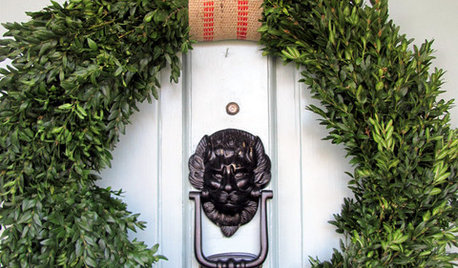
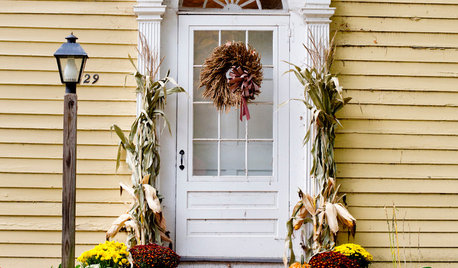


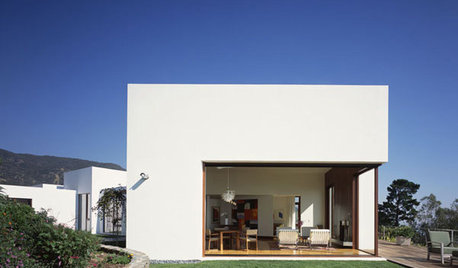
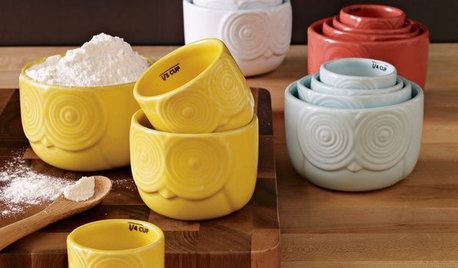
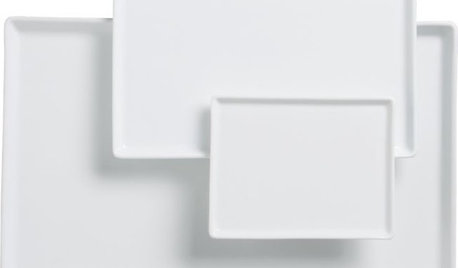
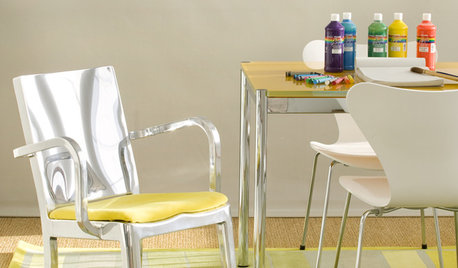

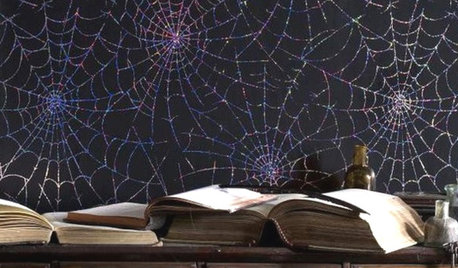






jane__ny
claritamaria
Related Discussions
'Tis the Season to Gain Weight
Q
''Tis the season
Q
Tis the season for new kitchen gadgets
Q
“Tis the Season for Seasonality?
Q
HollyT
jane__ny
spiced_hamOriginal Author
kristgray
jane__ny
xmpraedicta
spiced_hamOriginal Author
rfraser529
jane__ny
spiced_hamOriginal Author
mehitabel
paul_
chip02115
jane__ny
spiced_hamOriginal Author